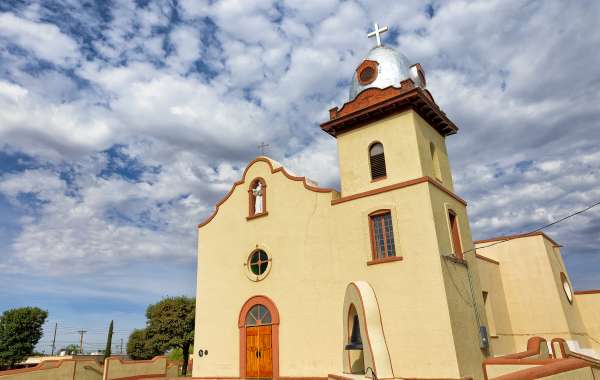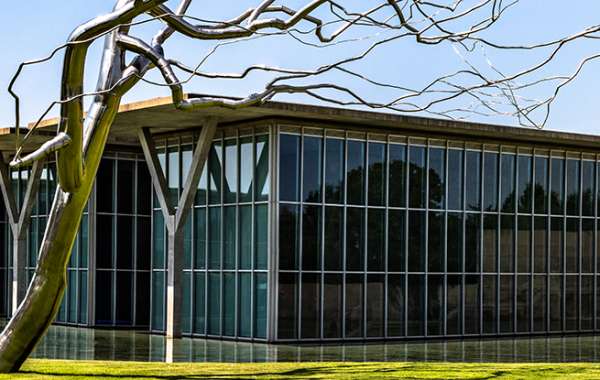The public has never quite been able to shake its fascination with Texas’ frontier era, a time fraught with uncertainty yet so foundational to the present. And why would they want to? When so many forts, museums, and memorials embody its charms, curiosity can only grow. We stopped at a few favored living history sites and stepped into the past.
Of all the chapters of the Lone Star State’s story, the frontier days capture the lion’s share of attention. The state underwent considerable turmoil in the 1800s, moving from Mexican territory to independence to statehood. Frontier lives, tossed about by events, are honored and relived at dozens of sites today. We ventured to immaculate forts and living history museums for an all-access journey to the past.
Fort Concho
Fort Concho in San Angelo, about 205 miles west of Austin, conjures a period when the United States was still securing its western foothold.
Built on the plains in 1867, the 40-building fort was established to protect frontier settlers, mail carriers, and traders as they lived and traveled via the area’s five trails. During 22 active years, the post was home to U.S. Army infantry and cavalry soldiers, including the Buffalo Soldiers, the black soldiers of the 10th Cavalry.
Notable commanders included Colonel Ranald S. Mackenzie, whose Mackenzie’s Raiders waged campaigns to destroy Comanche encampments, and Colonel Benjamin Grierson, leader of the 10th Cavalry, who was so committed to his men that he refused to lead any other unit.
We learned about them and so much more at the fort’s biggest annual event, Christmas at Fort Concho. For three days each year, 24 surviving buildings come to life with food, drink, workshops, living history, and period entertainment in a one-stop encapsulation of the frontier era.
During our visit, the site’s entire 40 acres bore the exuberance of an open-air market as vendors peddled artisanal wares and treats like kettle corn and fresh root beer. Artillery demonstrations, scheduled throughout each day, were a can’t-miss. But the real show-stealer was the living history: tepees, cannon firings, and people in period dress.
The last was especially fascinating. Nearly every facet of 1880s life in the region was represented: Native Americans offered their perspectives, laundresses discussed daily life, and Buffalo Soldiers shared the ambivalent experience of fighting Kiowas and Comanches as well as prejudices. Everywhere we turned, there was a polite, well-informed expert willing to enlighten us on any topic.
The fort itself is considered one of the best preserved in the nation. We toured the expansive facilities, which include limestone-walled barracks, officers’ quarters, mule-populated stables, and a schoolhouse. One building contains the E. H. Danner Museum of Telephony, a survey of phones from their invention to modern times.
The whole walk-through was incredibly absorbing, and it was nice to have a festival—with its blend of era-appropriate entertainment and modern anachronisms—to spice things up. But Fort Concho is open all year, with guided and self-guided tours available.
Pioneer Village
At Pioneer Village in Gonzales, about an hour’s drive from San Antonio, we delved even further into the past.
Gonzales is best known as the site of the first clash of the Texas Revolution. A cannon, borrowed from the Mexican government, became a catalyst for Anglo settlers in the town. When Mexican authorities sent soldiers to retrieve the cannon in 1835, settlers rallied around a defiant, oh-so-Texan call: “Come and take it.” We all know how the revolution turned out.
My group stopped at Gonzales Memorial Museum, which contains the surprisingly small cannon (spoiler alert: the Mexicans never took it back). Luckily, Pioneer Village lives up to the era’s gigantic mythos with a sprawling layout of buildings, including a barn, a granary, two houses, a cabin, a school, an opry stage, a saloon, and various shops.
The village is open for self-guided tours, but our guided group tour included period-garbed docents talking about daily life and displaying skills. My favorite part? The smokehouse. We got a detailed look at meat curing, which was absolutely essential on the range in those days. Also, meat is delicious.
FUN FACT
Medicine, instruments, and surgical kits of the 19th century are on display at the Robert Wood Johnson Museum of Frontier Medicine, located in the post hospital of Fort Concho. It’s an eye-opening look at health care in the frontier era, putting modern comforts in context.















